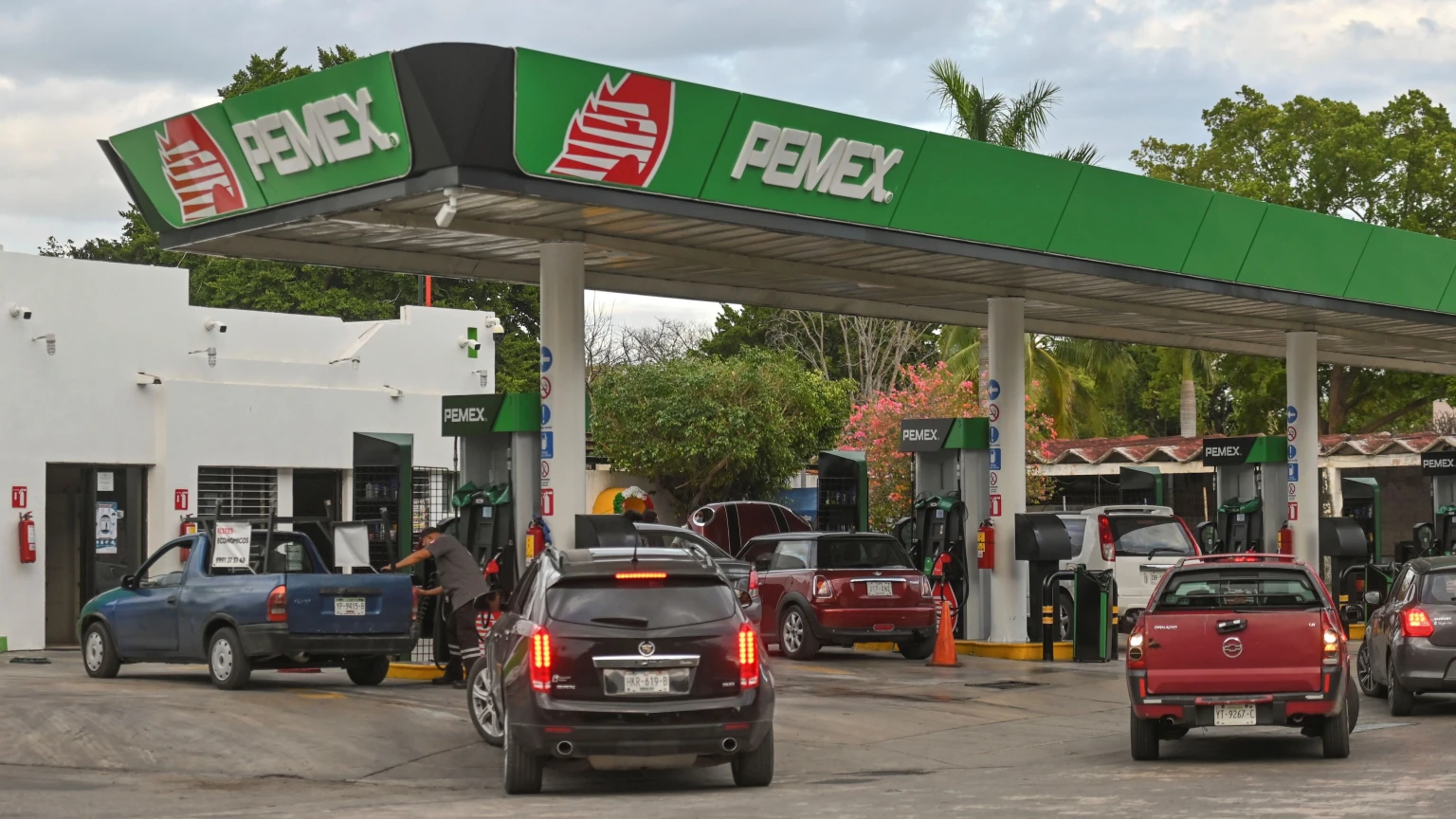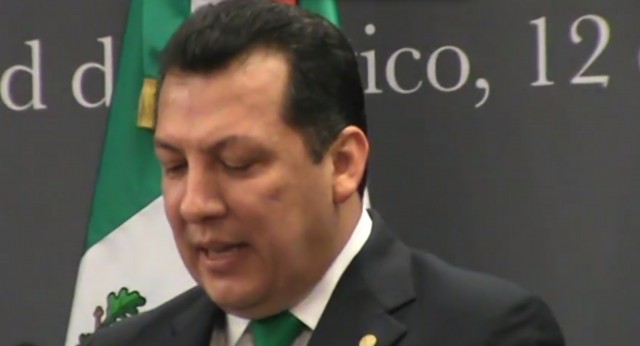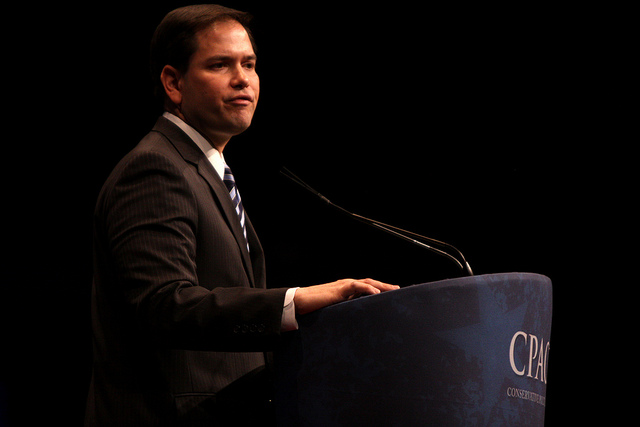
North America
Mexico’s Pemex Could Be Another Casualty of AMLO’s Energy Nationalism
February 28, 2023 By James Bosworth
This story first appeared in World Politics Review.
Russia’s invasion of Ukraine combined with the geopolitical instability it caused made 2022 a great year to be an oil major. Supply chain shortages and Western sanctions on Russian energy caused oil prices to surge, after which they leveled off at prices higher than their average over the past 10 years. As a result, Exxon made $56 billion in profit. Chevron made $36 billion. Shell made $40 billion, its highest profit in over a century. Commodity traders who move oil around the world also notched record-high profits. The numbers have sparked a wide debate over the fairness of these windfalls, how those companies are spending that money, and how it should be taxed.
And then there is Pemex in Mexico. While nearly every other oil major around the world stumbled into huge profits, Mexico’s state-owned oil company struggled financially and enters 2023 with questions about its long-term viability hanging over it.
Pemex owes about $10 billion in debt payments to creditors in 2023, almost half of that in the first quarter of the year. When it tried to raise $2 billion in bonds to refinance some of that debt last month, the company had to promise to pay over 10 percent interest to attract enough buyers. Those high rates come in spite of the fact that the company’s debt is supposedly fully backed by the Mexican government.
The total debt that Pemex owes is over $100 billion dollars. Debt-to-GDP ratios usually aren’t applied to individual companies and definitely not in countries as large as Mexico, but Pemex’s debt represents more than 7 percent of Mexico’s GDP. To offer another yardstick, the company’s debt is more than Guatemala’s entire economy produces annually.
But Pemex’s financial problems go beyond debt. To begin with, its oil production has fallen over the past decade, and efforts to raise it have failed. Last week The Financial Times published a graphic showing that the U.S. state of New Mexico now produces more oil than Mexico does.
Beyond that, the company ran at a $3 billion loss in the third quarter of 2022, even as private oil companies made tens of billions in profit. Over the course of the year, Pemex regularly missed its targets for production, refining and profits. That can happen, of course, when market conditions end up being worse than projected. But Pemex used an estimated price of $55 per barrel for its projected targets at the start of 2022, and prices ended up closer to $85 per barrel. That kind of boost should have been a windfall for the company and a boon to Mexico’s economy. It wasn’t.
Even when Pemex makes a profit, though, it still loses. Higher oil prices should in theory mean higher gasoline prices for Mexican consumers. But President Andres Manuel Lopez Obrador, or AMLO, promised Mexicans lower gasoline prices, and he is using the government budget to subsidize those prices. And Pemex is responsible for importing foreign oil products that it cannot produce domestically. The sheer scale of foreign energy imports and fuel price subsidies well exceeded oil profits last year, more than negating any of the positive months of operation that Pemex managed to have.
Instead of being Pemex’s savior, AMLO is leaving the company in worse shape than he found it.
In a column last year, I wrote about some of the problems caused by AMLO’s energy nationalism, which is centered around promoting Pemex. The country burns fuel oil for electricity due to inefficiencies in its refining process and a demand by AMLO to produce more domestically, resulting in greater pollution throughout Mexico. The government has blocked and killed renewable energy projects that could compete with oil-fired electricity generation, thereby damaging the environment and placing Mexico in violation of both its Paris Climate commitments and its requirements under North American trade deals.
Yet it’s notable that for all of AMLO’s energy nationalism, including efforts to rig the markets in favor of the state-owned firm and hamper efforts by the private sector to compete, Pemex is still barely limping along. Most countries with large oil reserves and national oil companies at least profit from them.
AMLO had hoped to be seen as the successor to Lazaro Cardenas, the Mexican president who nationalized the oil sector in the 1930s. To support Pemex, he planned to undo the energy reform passed by his predecessor, former President Enrique Pena Nieto, which allowed private sector companies to explore and drill for oil. While he did not succeed in passing the major constitutional reform needed to do so, he has chipped away at the energy reform through legislation and regulations that have made it very difficult to operate as a private company in Mexico’s energy sector. AMLO also planned a big refinery upgrade, including a newly built and costly one just beginning operations in Dos Bocas, as part of AMLO’s signature infrastructure projects. But Mexico’s existing refineries continue to underperform.
Instead of being Pemex’s savior, AMLO is leaving the company in worse shape than he found it.
In the short term, Pemex needn’t worry about whether or not the Mexican state will bail it out financially. It will. Supporting Pemex is a top policy priority for AMLO. In late January he even floated the idea of transferring some of the company’s debt to the state. He’s not going to let it fail.
But AMLO only has two years left in office. The real question is about the mid- to long-term future for the company and its role in Mexico’s economy. Because of Mexico’s one-term presidential limit, the country will be electing a new president in 2024 and again in 2030. And there is little reason to believe that Pemex’s financial situation will improve by then. If it can’t make money at $80 per barrel, it will really struggle if oil prices drop back to $50 or $60 at some point in the near future. And the lack of domestic refining capacity means the Mexican state will be forced to import gasoline from abroad regardless of how high or low prices go.
Moreover, unlike many other oil majors that are making plans to enter the renewable energy space, Pemex is entirely focused on oil. That means its future prospects are bleak. Production will decline further, and not for the want of reserves. Profits will be weak and limited by spending on gasoline subsidies when oil prices are high. The company’s debt, not to mention its increasing operating costs and the pensions it must pay to retired oil workers, will hang over Mexico’s economy for years to come.
The global oil industry’s windfall year in 2022 is no cause for celebration. It was driven by geopolitical tensions, and highlights the world’s slow pace in combatting the climate crisis. But that doesn’t excuse Pemex and AMLO for not benefiting from it. By pushing away foreign companies and dropping the ball on improving production and making other reforms, the Mexican government is missing an opportunity. Last year’s revenues could have been put to use in fixing Pemex’s debt situation, diversifying Mexico’s energy portfolio and better positioning the country for the necessary transition to renewables. Instead, 2022 represented another wasted opportunity.
About James Bosworth
James Bosworth is the founder of Hxagon, a firm that does political risk analysis and bespoke research in emerging and frontier markets. He has two decades of experience analyzing politics, economics and security in Latin America and the Caribbean.





